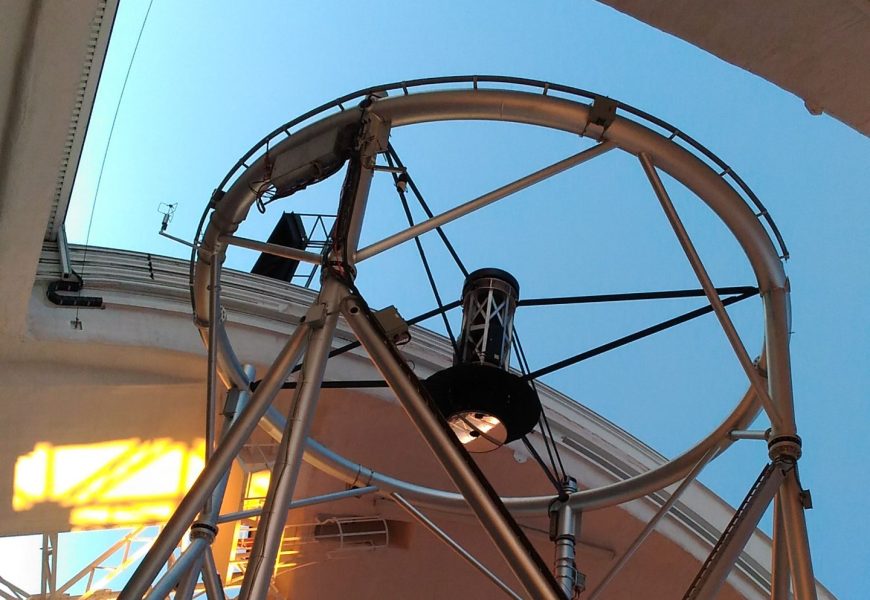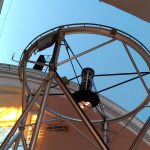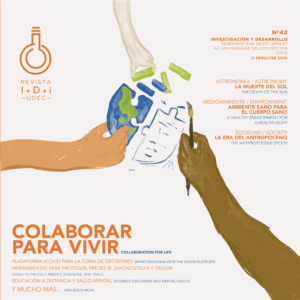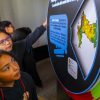Dr. Cerulo focuses mainly on the study of galaxy formation and evolution. He also develops astronomical software with his team to automate data analysis processes and improve the efficiency of scientific work.
By: Estefanía Rivas, Journalism intern at the Faculty of Engineering cvegaa@udec.cl
Images: Courtesy of the Faculty of Engineering
Pierluigi Cerulo, a physicist and doctor of astrophysics, arrived in Chile in 2016 to work as a postdoctoral researcher at the University of Concepción. Today, he is an assistant professor of Civil Computer Engineering in the Faculty of Engineering and teaches the Probabilistic Machine Learning course in the Ph.D. in Computer Science program.
The academic explains that, in these projects, engineering provides software development in the technical field, while astronomy poses a problem that needs to be solved. Pierluigi has worked on different projects using open-source software.
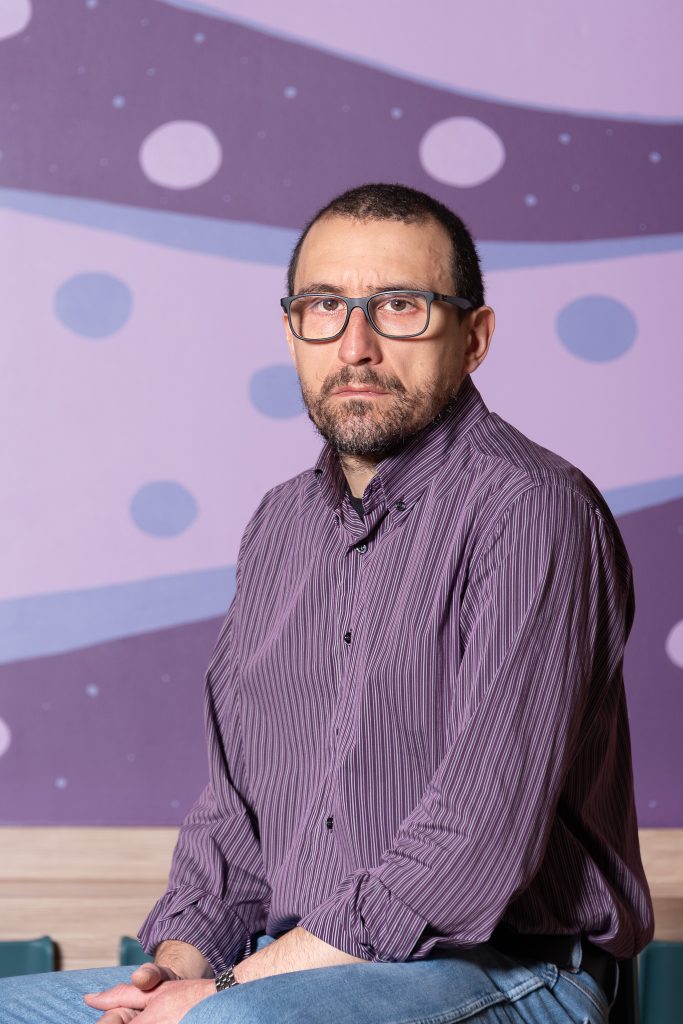
What are these open-source software programs, and what do they consist of?
The first is CatMaker, which produces astronomical catalogs based on images captured at different wavelengths, from ultraviolet to infrared. Through these images, it identifies sources and measures the flow of light that reaches the detectors. This software groups several tools into one to optimize working times. It should be noted that this project combines several programs already created with open-source coding, such as the SExtractor detection, with others written by him and his team to add several corrections to the measurements.
The second is Dopterian+, a simulation software that takes images of nearby galaxies and generates simulated images of those same galaxies observed at greater distances. The software was already available. However, we added some modules to speed up input and documentation pre-processing, which had been lacking. Another already published project is DEEP-CLASH, a morphological classification model of galaxies based on convolutional neural networks to separate elliptical, spiral, and irregular galaxies and recognize artifacts in the image and compact sources, such as stars. Manuel Pérez, Deputy Director of the Artificial Intelligence Center, developed this software from scratch.
The fourth piece of software, called CALSAGOS, was published in open access last year with Daniela Olave-Rojas from the University of Talca and is her creation. Its goal is to identify substructures in galaxy clusters. Substructures are the vestiges of groups of galaxies that fall into clusters under the effect of gravitational interaction. This hierarchical growth, where clusters are assembled from smaller structures such as groups, is how the universe’s large-scale structure is formed and evolves. The study of the properties of galaxies in substructures is fundamental to investigating relationships between the evolution of galaxies and the formation of large-scale structures.
Finally, there is COSMIC, software written by Lucas Pulgar, a Master’s student in Astronomy, that detects star clusters in the Milky Way Galaxy. Detecting these clusters is a complex statistical challenge due to contamination by stars in the foreground or background, which introduces a margin of error. The article describing the software was submitted to the Astronomy & Astrophysics Journal and is under review.
In astronomy, creating open-source software is a general policy since the entire scientific community has access to the program, and each researcher can use it without needing to purchase a license. Another benefit of open-source software is that, in principle, anyone who deems it necessary can develop or improve the code, as Pierluigi’s team has done for CatMaker and Dopterian+.
What impact could these programs have on the astronomical field?
These programs are expected to reduce the time spent on time-consuming tasks, such as morphological classification, enabling them to be done faster and automatically. On the other hand, processes such as substructure search and image simulation are expected to be carried out robustly and simply.
What are the projections for these programs?
The goal is for this software to be used and continuously developed to adapt to the data observed with the next generation of telescopes, such as the Vera Rubin and the E-ELT. We hope these programs will be benchmark tools and contribute to improving research in fields such as studying star and galaxy clusters and the morphological evolution of galaxies.
Have any of these programs already been used in research?
CALSAGOS, COSMIC, and DEEP-CLASH are already being used in astronomical research, while several published studies have used the original version of Dopterian. Finally, SExtractor is one of the most widely used programs in astronomy. However, catalog production includes several steps we are trying to automate with CatMaker. When published, I hope CatMaker will be helpful and that it will be disseminated throughout the astronomical community.
Last modified: 3 de septiembre de 2025
